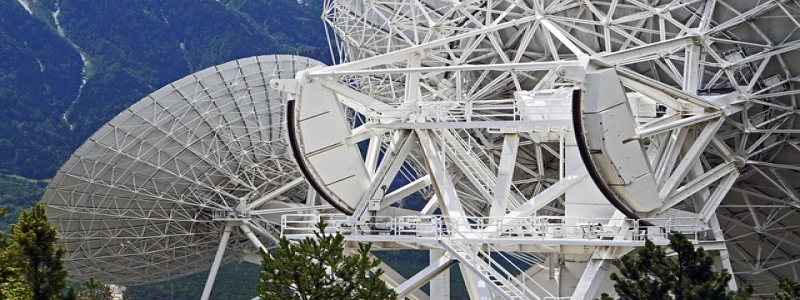Single Mode Fiber Type
I. Introduction
– Definition of single mode fiber
– Importance of single mode fiber in optical communication systems
II. Characteristics of Single Mode Fiber
A. Core Diameter
1. Small core diameter compared to multimode fiber
2. Enhances transmission performance by reducing dispersion effects
B. Mode Propagation
1. Only one mode of light can propagate through the fiber
2. Eliminates modal dispersion and enables high bandwidth transmission
C. Single Mode Operation
1. Dominant mode with minimum loss
2. Achieved through precise core diameter and refractive index control
III. Advantages of Single Mode Fiber
A. Longer Transmission Distances
1. Lower attenuation loss compared to multimode fiber
2. Enables transmission over longer distances without signal degradation
B. Higher Bandwidth
1. Allows for higher data rates and higher capacity networks
2. Supports high-speed applications such as video streaming and cloud computing
C. Better Signal Quality
1. Low signal distortion due to elimination of dispersion effects
2. Provides clear and reliable transmission of signals
IV. Applications of Single Mode Fiber
A. Telecommunications
1. Backbone networks connecting cities and countries
2. Optical fiber links in long-distance communication systems
B. Internet Services
1. High-speed internet connections for businesses and homes
2. Fiber-to-the-home (FTTH) installations
C. Data Centers
1. Transmission of large data volumes with low latency
2. Facilitates efficient data storage and processing
V. Challenges and Future Developments
A. Manufacturing Costs
1. Single mode fiber production requires precise manufacturing processes
2. Ongoing research to reduce manufacturing costs
B. Compatibility Issues
1. Different generations of single mode fiber may not be compatible
2. Development of standardized interfaces to address compatibility challenges
C. Advancements in Single Mode Fiber Technology
1. Improved fiber designs for higher bandwidth and transmission speeds
2. Research on new materials for enhanced performance
VI. Conclusion
– Single mode fiber is a critical component in modern optical communication systems
– Its small core diameter, single mode operation, and various advantages make it ideal for long-distance, high-speed transmission
– Continued research and development are expected to further enhance the capabilities of single mode fiber in the future.








